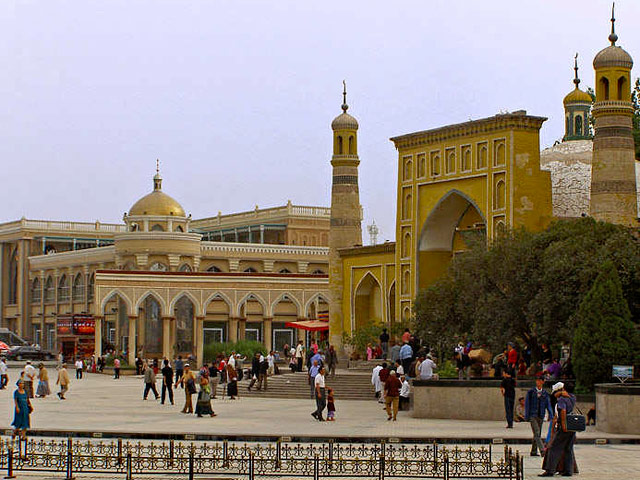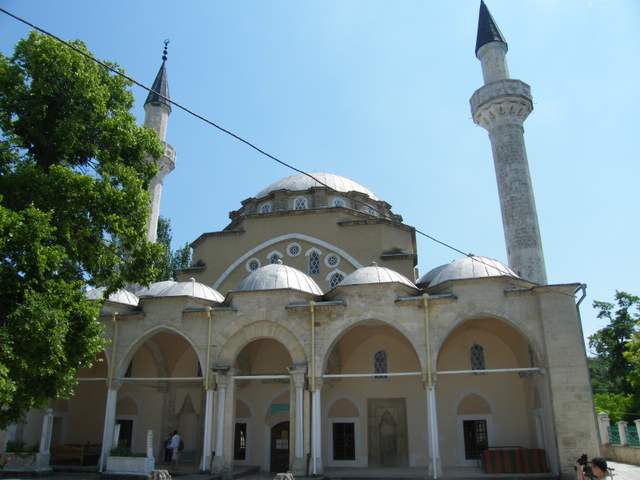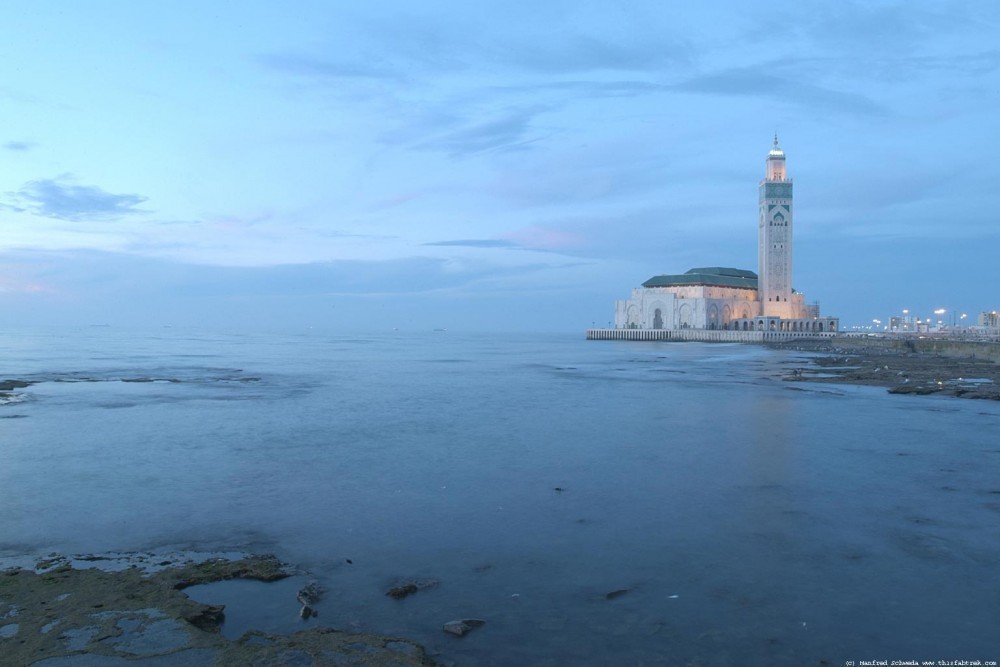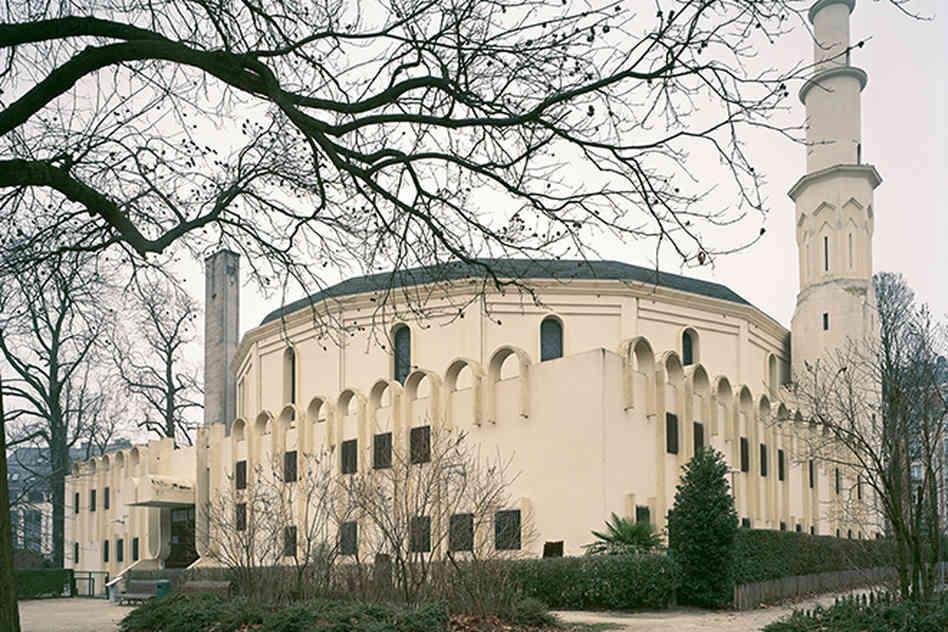
Friday, December 26, 2014
Sunday, November 2, 2014
Wednesday, September 24, 2014
Saturday, September 6, 2014
Kashgar Ughurstan Id Kah Mosque
Id Kah Mosque, Kashgar
 | |
| Basic information | |
|---|---|
| Location | Kashgar, China |
| Geographic coordinates |  39°28′20″N75°59′03″ECoordinates: 39°28′20″N75°59′03″ECoordinates:  39°28′20″N 75°59′03″E 39°28′20″N 75°59′03″E |
| Affiliation | Islam |
| Region | Xinjiang |
| Ecclesiastical or organizational status | Mosque |
| Architectural description | |
| Architect(s) | Saqsiz Mirza |
| Architectural type | Mosque |
| Completed | 1442 |
| Specifications | |
| Capacity | 20,000 |
| Minaret(s) | 3 |
... -Abakh Hoja Tomb-old town of Kashgar-Id Kah Mosque (Breakfast,Lunch
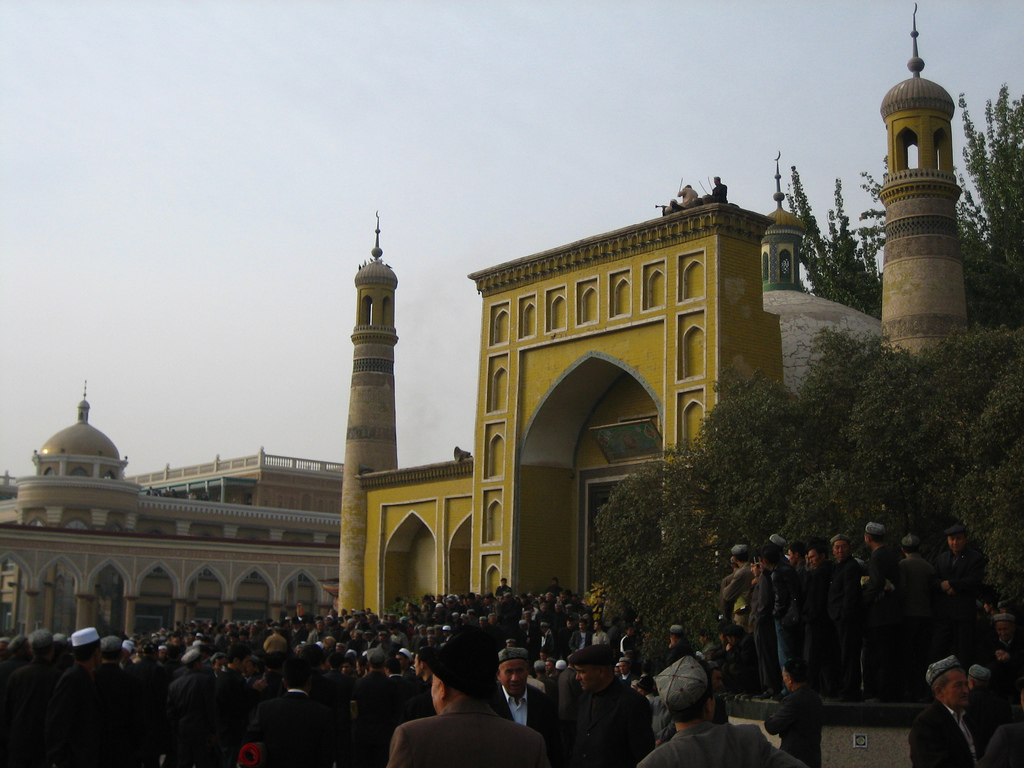
http://saveeastturk.org/commons/image/contents/id-kah.jpg
Id Kah Mosque
Thursday, September 4, 2014
mosques Cairo Egypt
Cairo Mosques
- Altunbugha al-maridani Mosque
- Amr Ibn El-Aas, Mosque of
- El-Aqmar (Gray Mosque)
- Aqsunqur or Blue Mosque
- As-Salih Talai Mosque
- Aytmishi Mosque
- Archaic Mosques
- Barquq Khanqah/Mausoleum
- Barquq Khanqah/Madrasa
- Ashraf Barsbay Complex
- Baybars El-Jashankir Khanqa
- al-Burdayni, Mosque of
- El-Gawhara el-Lala Mosque
- El-Ghuri Mosque
- al-Guyushi, Mosque of
- El-Hakim Mosque
- Sultan Hassan Complex
- El-Hussein Mosque
- Ibn Tulun Mosque
- Sultan al-Ashraf Inal Complex
- El-Ishaqi Mosque
- Jamal al-Din Mosque
- Mahmud Pasha Mosque
- Mohammad Ali Mosque
- El-Mu'ayyad Mosque
- An-Nasir Mohammed Mosque
- Qaytbay Funerary Complex
- Qurqumas Funerary Complex
- Sultan Qala'un Complex
- Refa'i Mosque
- Sangar Salar Mosque
- Sayyida Zeinab Mosque
- Shaykhu Mosqu
- Silhdar Mosque
- Suleyman El-Silahdar Mosque
- Suleyman Pasha Mosque
- Taghri Bardi Complex
- Mosque of Ilgay al-Yusufi
Fayoum Mosques
Read more: http://www.touregypt.net/hassanmosque.htm#ixzz3CPrzps9a
The Sultan Hassan Mosque Madrasa
The Sultan Hassan Mosque and madrasa (School) is considered stylistically the most compact and unified of all Cairo monuments. The building was constructed for Sultan Hassan bin Mohammad bin Qala'oun in 1256 AD as a mosque and religious school for all sects. It was designed so that each of the four main Sunni sects (orthodox Muslim, or Sunni rites, consisting of Shafite, Malikite, Hanefte and Hanbalite) has its own school while sharing the mosque. The cornices, the entrance, and the monumental staircase are particularly noteworthy.

The madrasa was originally introduced to Egypt by Saladin to suppress non-orthodox Muslim sects. There is a difference in congregational as opposed to Madrasa style Mosques such as the Sultan Hassan. While some congregational Mosques have been used as schools, those designed for that purpose generally have smaller courtyards (Sahn) and the buildings are more vertical, allowing for classroom space.
Many consider the Sultan Hassan Mosque to be the most outstanding Islamic monument in Egypt. It is of true Bahri Mameluke origin, built of stone, and while it is entirely different in design, it shares a like boldness to the Ibn Tulun Mosque.
There is no architectural indulgence here, but rather self confidence in its clarity of execution and restraint. In allowing separate schools for the four Sunni rites, the Sultan Hassan is based on a classical cruciform plan, meaning that the Sahn opens from each of its sides into a separate liwan, which is an enormous vaulted hall, each serving one of the rites.
While the design of liwans predates Mohammed (Peace and Prayers Be Upon Him), it was the Mamelukes who arranged them in the Cruciform manner, and as in the Sultan Hassan Mosque, advanced this architecture with the addition of a domed Mausolea. However, this Mausolea is empty, for Sultan Hassan died several years prior to its completion.
Structurally from the outside, the Mosque is very impressive, holding its own with its impressive cornice and the protruding verticals of its facade, even though it stands in the shadows of the massive Citadel. As one enters the Mosque from Sharia el Qalaa, there is an impression of height, especially from the towering doors decorated in a Mameluke fashion. Even during the Mameluke error in Cairo, building space was at a premium. Thus the outer walls are somewhat askew, in order to fit the available lot, but these designers had a wonderful way of creating the impression of uniform cubistic effect inside regardless.
Read more: http://www.touregypt.net/hassanmosque.htm#ixzz3CPrGromB
Monday, September 1, 2014
Tuesday, August 5, 2014
The Big Khan Mosque (Crimean Tatar: Büyük Han Cami) is located in Bakhchisaray, Crimea,
| The Big Khan Mosque | |
|---|---|
 | |
| Basic information | |
| Location | Bakhchisaray |
| Geographic coordinates |  44°44′55.22″N33°52′55.06″E 44°44′55.22″N33°52′55.06″E 44°44′55.22″N 33°52′55.06″E 44°44′55.22″N 33°52′55.06″E |
| Affiliation | Islam |
| Rite | Sunni |
| State | Russia/Ukraine[1] |
| Territory | |
| Status | Active |
| Architectural description | |
| Architectural type | Mosque |
| Architectural style | Ottoman architecture |
| Completed | 1532 |
| Specifications | |
| Minaret(s) | 2 |
| Minaret height | 28 meters |
| Materials | |
he Big Khan Mosque (Crimean Tatar: Büyük Han Cami) is located inBakhchisaray, Crimea, Russia/Ukraine[1] and is part of the Bakhchisaray Palace. It is one of the largest mosques in the Crimea and one of the first buildings of the Khan's palace. The mosque was built in 1532 by Sahib I Giray and bore his name in the 17th century.
History[edit]
The mosque consists of a three-aisle square prayer hall covered with a hipped roof, a narthex and porticos facing east and west. Two symmetrical octagonal minarets rise through the porticos; they are twenty-eight meters high and have conical caps and finials. A domed ablution kiosk of square shape is attached to the northeastern corner of the mosque. It is believed that a madrasah built by Khan Arslan Giray in 1750 used to adjoin the eastern wall. The mosque is entered from a portal facing north. Inside, a balcony is attached to three of the four walls, part of which is sectioned off for the Khan's lodge. Scholars argue that the mosque was originally roofed with domes of various sizes.[2]
In 1736 the mosque was damaged by fire and later restored during the reign of Khan Selameta Giray.
References[edit]
- ^ Jump up to:a b This place is located on the Crimean Peninsula, most of which is the subject of a territorial dispute between Russia and Ukraine. According to thepolitical division of Russia, located on the peninsula are the federal subjects of the Russian Federation (the Republic of Crimea and the federal city ofSevastopol). According to the administrative-territorial division of Ukraine, located on the peninsula are the Ukrainian divisions (the Autonomous Republic of Crimeaand the city with special status of Sevastopol).
Monday, August 4, 2014
Wednesday, June 4, 2014
Thursday, May 8, 2014
Kowloon Mosque Hong Kong

| Kowloon Mosque and Islamic Centre 九龍清真寺暨伊斯蘭中心 | |
|---|---|
 | |
| Basic information | |
| Location | 105 Nathan Road, Tsim Sha Tsui |
| Affiliation | Sunni Islam |
| Website | kowloonmosque.com (English) |
The Kowloon Masjid and Islamic Center was established in 1896. The new mosque was built in 1984 and designed by architect I.M. Kadri. Mosque holds prayers daily and is capable of accommodating up to 3000 people approximately.

Sunday, March 16, 2014
Subscribe to:
Posts (Atom)



